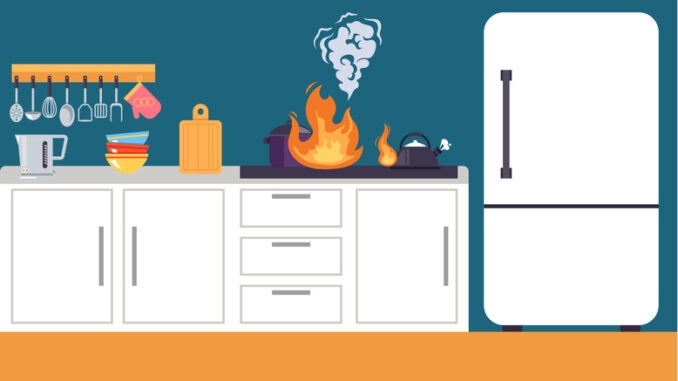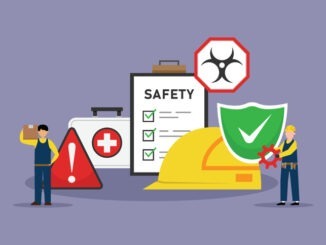
When it comes to kitchens and laundries, safety isn’t just a matter of convenience – it’s a necessity. Julie Noble, health, safety and fire resilience technician for the Risk Protection Arrangement, highlights the importance of regular risk assessments and equipment checks as essential practices
CREDIT: This is an edited version of an article that originally appeared on Gov.uk
Kitchens and laundries present unique health and safety challenges, including sharp knives, hot surfaces, dishwashers, washing machines and fryers. Conducting a risk assessment helps identify these hazards and enables the implementation of effective measures to mitigate them.
Safety checks are more than just a formality; they are essential for protecting students, staff and the overall operation of school kitchens and laundry rooms. This article provides some straightforward tips and advice to assist you:
Identifying Hazards
Risk assessments involve systematically identifying potential hazards within the kitchen environment. This process encompasses a wide range of concerns, from slippery floors and inadequate ventilation to malfunctioning equipment and improper food handling practices. By thoroughly evaluating these risks, kitchen staff can pinpoint areas that may pose safety threats. Conducting risk assessments provides a structured approach to prioritising hazards based on their potential impact and likelihood of occurrence. This allows for the implementation of targeted safety measures.
Evaluation Risks
Once hazards have been identified, the next crucial step is evaluating the associated risks. This involves assessing the likelihood of an accident or injury occurring and understanding the potential consequences of such incidents. By quantifying the risks, kitchen managers can prioritise which hazards require immediate attention, and which can be monitored over time. This evaluation also aids in developing comprehensive safety protocols and training programs tailored to the specific risks identified.
Taking Appropriate Action
Equipped with the insights gained from risk assessment findings, schools can take targeted and effective action to enhance safety. This may involve implementing specific safety protocols tailored to the identified hazards, such as establishing guidelines for safe food handling, ensuring proper equipment use and creating emergency response plans. In addition to protocols, providing comprehensive training for staff and students is essential. Training programs can cover a range of topics, from recognising hazards to understanding safe operating procedures for kitchen and laundry equipment.
Ensuring Equipment Checks
Equipment checks are essential for ensuring that kitchen appliances and tools are functioning properly. Conducting regular inspections allows for the early detection of issues, helping to prevent potential accidents or equipment breakdowns.
When these checks uncover problems—such as faulty wiring, malfunctioning ovens, or worn-out knives—schools can take immediate corrective actions to minimise risks. Addressing these issues promptly not only safeguards the well-being of staff and students but also maintains the overall efficiency of kitchen operations.
By identifying hazards, evaluating risks, taking appropriate action and ensuring equipment is in optimal condition, schools can create a safer environment that fosters well-being and efficiency in daily operations.


Be the first to comment